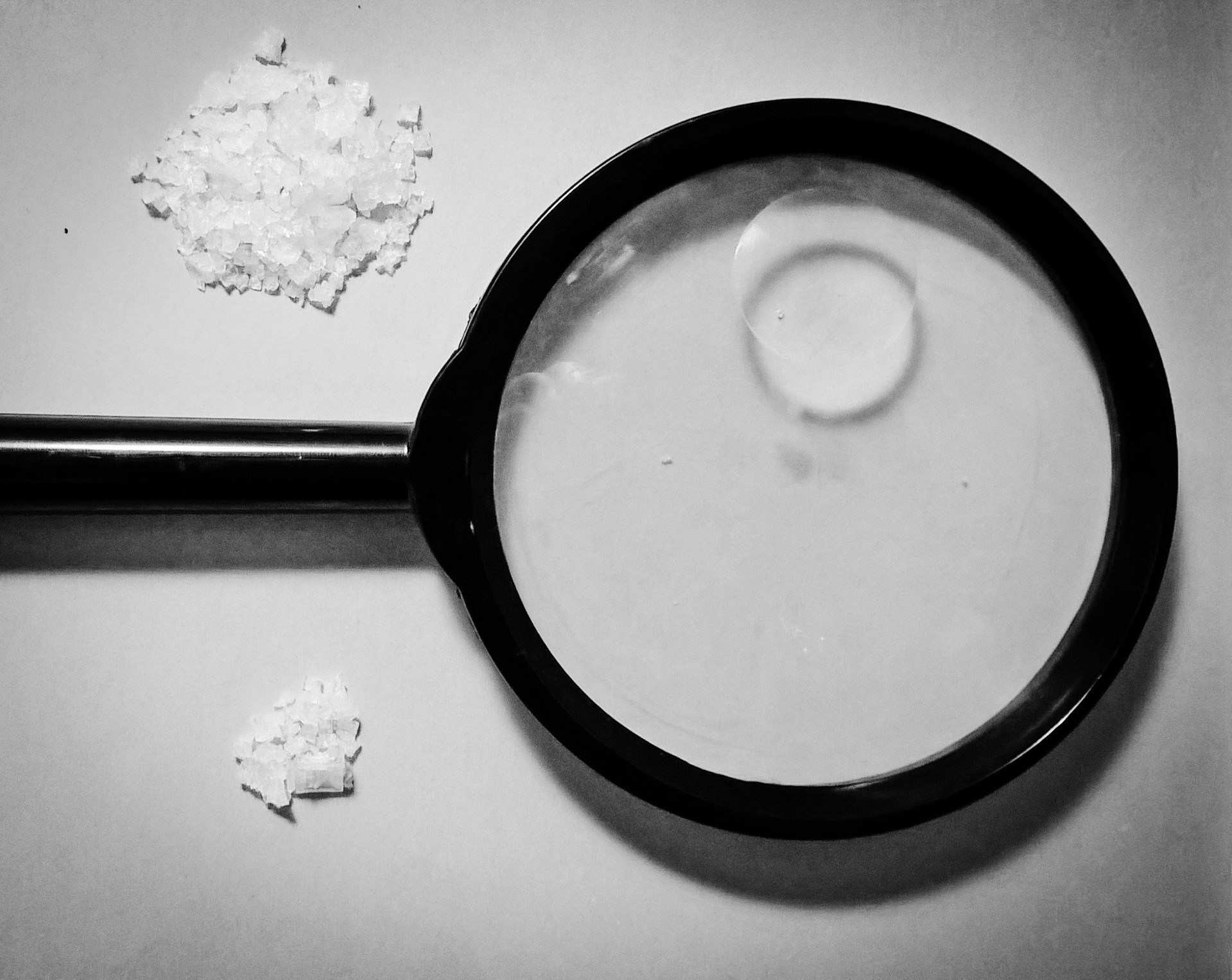Future of Food – Are we in the ‘endgame’? What will the ‘last of us do’?
So we’ve stopped worrying as much about how to get our hands on the Millennial pound and started to address day to day challenges that are impacting on the wider population. To an extent, we have also we have stopped being led by influencers telling us that next season we should be shipping yet another exotic fruit in from a far-flung land (because it looks great on Insta). The rhetoric has certainly changed with an undeniable shift away from the superficial and toward tangible issues regarding the future of food supply, such as the cost of producing and distributing food, the supply chain and food shortages, and, sustainability and the environment.
This inward focus can make the development of new food and beverage concepts seem a less exciting endeavour. So where is the food industry currently focussing its Open Innovation activities? Through its food and beverage technology scouting activities, Food industry experts, The Aurora Ceres Partnership Ltd, is seeing many truly cutting-edge emerging technologies that are well-positioned to tackle head-on the very real challenges that the planet is facing and underpin the future of food innovation.
Robotics, AI and nanotech?
The use of robotics in food production is a slightly contentious topic, as the knee-jerk reaction is that it takes jobs away from people. However, the UK has seen food rotting in fields as a result of labour shortages and so bespoke robotics, in combination with AI, can ensure optimal harvesting, sorting, and processing. There are robots that can pick (cut) strawberries at least as competently as the human hand.
Consider the incredible uses of AI include: the aiding of the development of bio pest-control; analysing and predicting environmental conditions in order to disseminate live instructions to farmers regarding fertilisation application, irrigation management or pest control; monitoring and analysing the gas composition in fresh produce storage or transportation facilities; mapping supply chains and aiding decision making to soften the impact of food shortages, such as those recently experienced in the UK.
Then there’s even more novel technologies that could take food production to another level. Nano technology, for instance, that can boost photosynthesis (1), and therefore yields. Or gene-editing that can assist in crop yields, resource use or tolerance to pests and the environment. There are many regulatory discussions to be had, and hurdles to be leaped, before this science becomes the norm, but the capabilities are certainly being built.
Robotics, AI and nano-tech therefore have a place in optimising yields, quality, and distribution of foods, ultimately resulting in improved profit margins, which could be passed on to the consumer. A wider view of open innovation, collaboration and investment is what is needed right now.
Urban Farming?
Innovation and new tech are undoubtedly a part of the solution, but it seems there’s a more significant change in thinking that is required holistically about the future of food. The concept of urban farming is not new, and despite a few pockets of excellence across the UK and the world, there’s huge untapped potential that could hold the answer to the issues that are being faced. There are around 50 city farms in the UK (2), and, countries including Argentina, Australia and Canada, have embraced pockets of community and urban gardening, borne out of either necessity, a need to educate future generations, and, a valuable way to utilise vacant space (3,4).
The technologies available to well-invested urban farms include, hydroponics, vertical farming, climate-control, LED-lighting etc. We can’t get tomatoes in the UK from Spain (March ’23) but Nasa is working out how to grow them on the International Space Station! The knowledge from these projects are being transferred back to earth, so it may be wise to utilise it for the benefit of those of us who will be left here (5).
If planners and policy makers created a network of urban and community farms, strategically placed across the country, the issues relating to carbon emissions (reduced food miles), and shelf-life (reduced need for protective coatings etc), would be reduced, as the produce would be sold and consumed close the farm. Eating seasonally would be encouraged, which comes with inherent health benefits. Closed-loop farming systems would utilise local bio-waste to provide compost and energy for the urban farm. There would also be less reliance on imports and the ‘delicate’ supply chains, not to mention the Brexit bureaucracy involved in exporting and importing foods. Oh, then there’s job creation; jobs that makes you feel like you are contributing, meaningfully, to society!
Where do we go from here?
There is so much amazing work going on in the agri-tech and food technology space. Joined-up conversations, within the industry and across the supply chain, involving industry decision-makers, food policy makers, and educators, is urgently required. The current system is broken, and will not be fit for purpose any time soon. Opportunities to implement real changes to the food system are available, but they will cost commitment, time and financial investment. There’s nothing easy in this, but where’s the fun in that?! Perhaps we need an influencer…
Food Industry experts
The Aurora Ceres Partnership ltd, provide focussed technology scouting for the whole food and drink supply chain, from seed to store. This essential service ensures that the food and drink industry remains prepared for the future of food.
Links
- https://www.bbc.co.uk/sounds/play/m000r5nz
- https://www.theguardian.com/environment/2022/oct/30/city-farming-uk-50-years
- https://www.edengreen.com/blog-collection/urban-agriculture-countries 9 countries that practice UF.
- https://www.edengreen.com/blog-collection/cities-with-urban-agriculture Where Is Urban Agriculture Most Prevalent?
- https://blogs.nasa.gov/spacestation/2022/12/01/astronauts-prepare-to-grow-tomatoes-get-ready-for-spacewalk/




